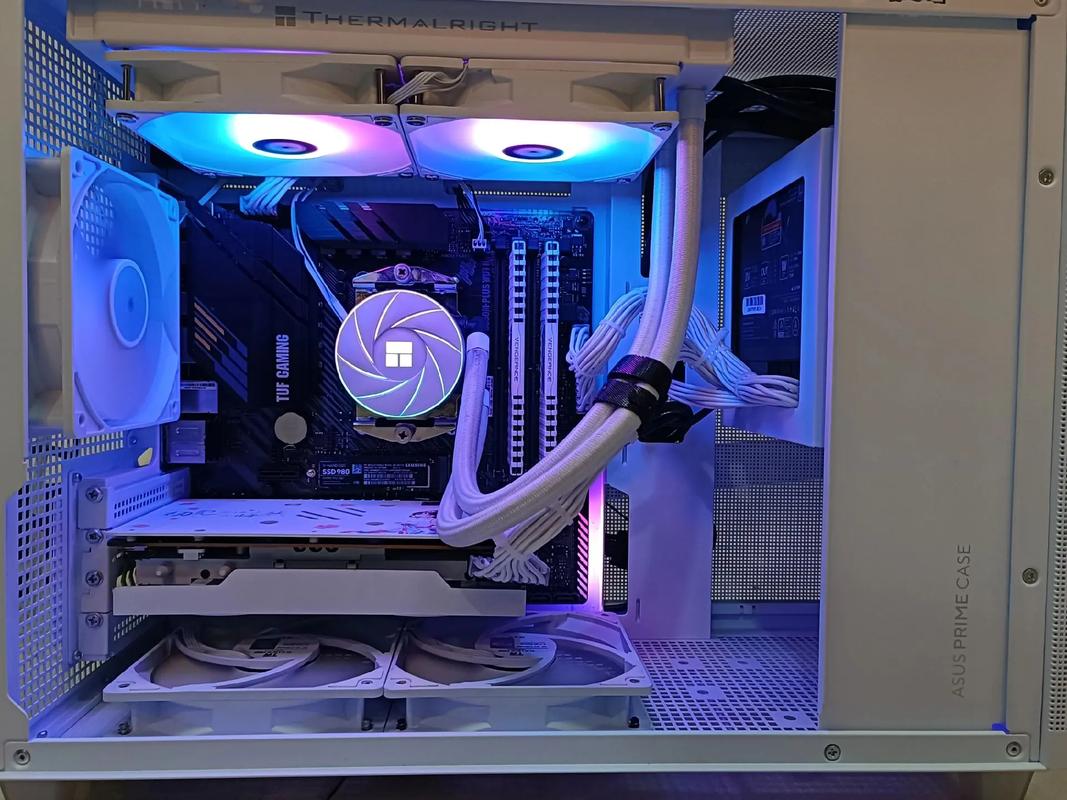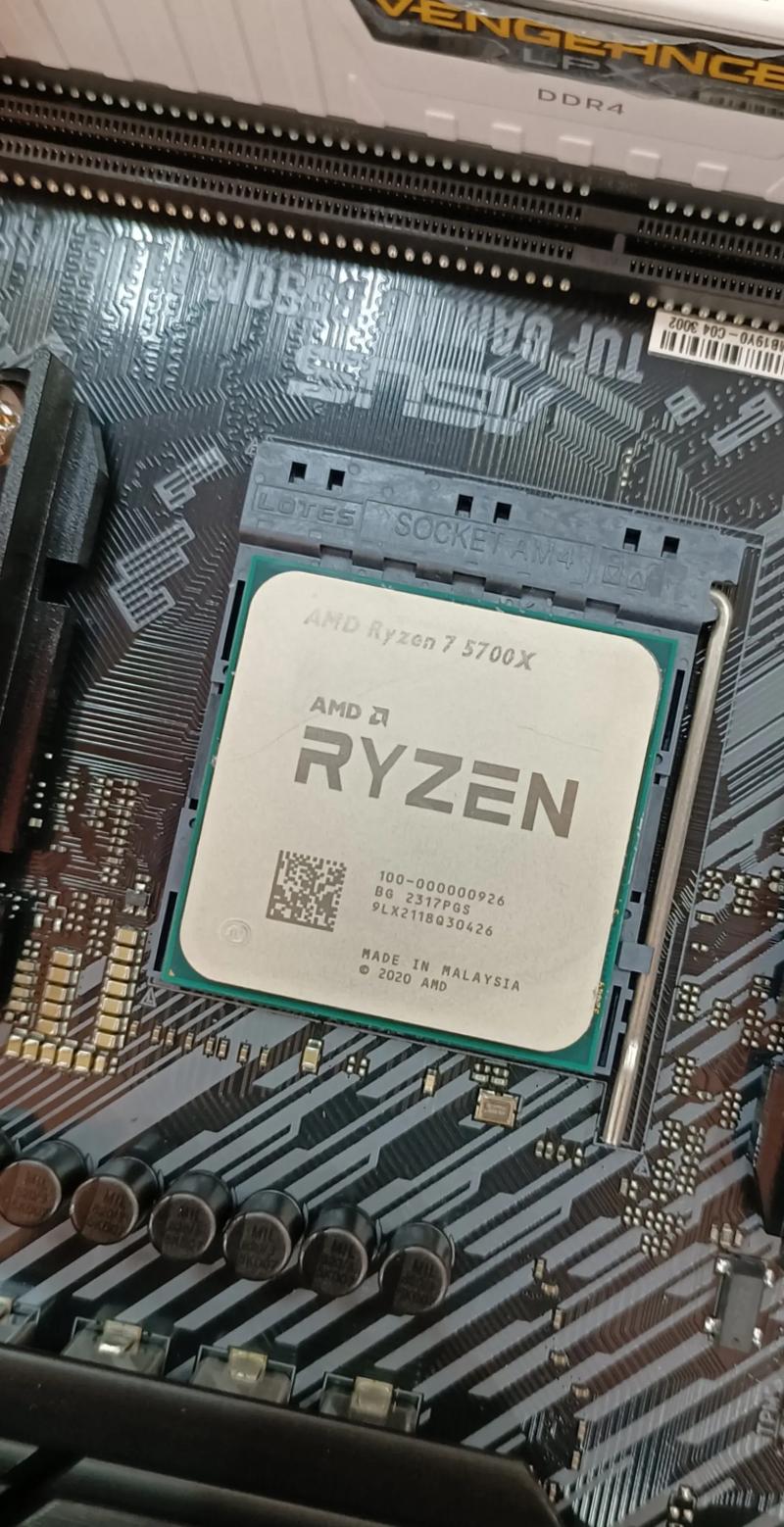
Unlocking the Potential of AMD RX 570 Hashrate for ETH Mining
Are you considering AMD RX 570 as your next Ethereum mining rig? If so, you’ve come to the right place. In this comprehensive guide, we’ll delve into the specifics of the AMD RX 570 hashrate for Ethereum mining, exploring its performance, efficiency, and potential profitability. Let’s dive in.
Understanding the AMD RX 570
The AMD RX 570 is a mid-range graphics card released in 2016. It’s part of the Polaris architecture, which has been known for its efficiency and performance. With 2048 stream processors, 128 texture units, and 32 ROPs, the RX 570 offers a decent balance between performance and power consumption.

Hashrate Performance
When it comes to Ethereum mining, the hashrate is a crucial factor. The hashrate determines how quickly your GPU can solve mathematical puzzles to mine new Ethereum coins. According to various online sources, the AMD RX 570 hashrate for Ethereum mining typically ranges from 24 MH/s to 30 MH/s, depending on the specific model and the Ethereum mining software you’re using.
For instance, the PowerColor Red Devil RX 570 has been reported to achieve a hashrate of around 28 MH/s, while the Sapphire Nitro+ RX 570 has a hashrate of approximately 26 MH/s. It’s important to note that these figures can vary slightly based on the specific GPU model and the mining rig’s configuration.
Efficiency and Power Consumption
Efficiency is another critical aspect to consider when choosing a GPU for Ethereum mining. The AMD RX 570 is known for its relatively low power consumption, making it a cost-effective choice for miners. On average, the RX 570 consumes around 120W to 150W under full load, depending on the cooling solution and the specific model.
Here’s a breakdown of the power consumption for some popular RX 570 models:
| Model | Power Consumption (W) |
|---|---|
| PowerColor Red Devil RX 570 | 140W |
| Sapphire Nitro+ RX 570 | 125W |
| MSI RX 570 ARMOR 8G | 135W |
As you can see, the RX 570 offers a good balance between performance and power consumption, making it an attractive option for Ethereum miners looking to maximize their ROI.

Profitability and Return on Investment
Now that we’ve covered the performance and efficiency of the AMD RX 570, let’s talk about its potential profitability. To determine the profitability of mining Ethereum with an RX 570, you’ll need to consider several factors, including the current Ethereum price, electricity costs, and the hashrate of your mining rig.
According to Coinwarz, the current Ethereum price is around $1,800. Assuming an electricity cost of $0.12 per kWh, and a hashrate of 28 MH/s, the RX 570 can generate approximately $0.50 per day in Ethereum. Over a year, this amounts to roughly $182 in potential profits.
However, it’s important to note that these figures are based on current market conditions and can fluctuate significantly. Additionally, the profitability of mining with an RX 570 may vary depending on your location and the specific electricity costs in your area.
Conclusion
In conclusion, the AMD RX 570 is a solid choice for Ethereum mining, offering a decent hashrate, low power consumption, and reasonable profitability. While it may not be the most powerful GPU available for Ethereum mining, its balance of performance and efficiency makes it a cost-effective option for those looking to enter the world of cryptocurrency mining.
Before making your decision, be sure to research the specific model of RX 570 you’re considering, as well as the current market conditions for Ethereum mining. With the right setup and a bit of patience, the AMD RX 570 can be a valuable asset in your Ethereum mining journey.




